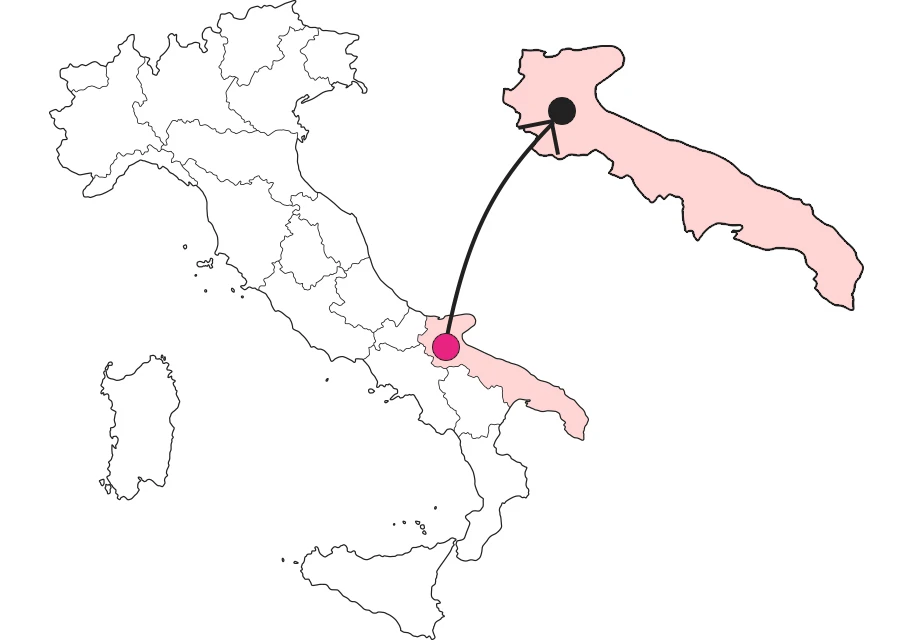






Pulsano Abbey and Hermitages
History, culture, spirituality immersed in the extraordinary nature of Gargano

Where

What it is and where it is
The Gargano for millennia has been Puglia's sacred mountain. On its summit towers Pulsano Abbey, surrounded by hermitages, as many as 24, camouflaged with the rocks, echoes of the presence of monks, anchorites and cenobites, Eastern and Latin. The Abbey is an excellent example of Apulian Romanesque: the outer portal is decorated with delicate carved plant motifs, but as early as the next vestibule it opens into cells, ambulatories, courtyards, underpasses and a whole series of other rooms that reveal the pagan origins and the continuous stratifications dictated by the different needs of the monastic communities that dwelt there.
Why it is special
The place is incredibly evocative: a valley with typical Gargano vegetation, at once rich and barren, with inaccessible cliffs on which the monks dug caves and built small, solitary constructions, some of which still have the remains of stone mills for producing grain and systems for making wine and storing water. A place that seems to have remained as it was centuries ago, amid pagan cults and historical events that remain largely obscure to this day. One thing is clear, however: this place has always been a meeting point between West and East.
Not to be missed
Beyond the monastery and church, rich in history and art, is a library with more than 17,000 volumes, a point of reference, research and study. But it is above all the landscape all around, in the valleys of the hermitages, that is surprising: overlooking the Gulf of Manfredonia, it allows a single glance to see the Umbra Forest, the entire plain of the Tavoliere delle Puglie and the sea. An infinite and evocative spectacle of rugged rocks and parched earth, ideal for indulging in long meditations just like the monks of the Year 1000.
A bit of history
The history of these places begins in the time of Hannibal and continues in the 5th century after the "apparitio" of St. Michael the Archangel in the nearby "cave" of Monte Sant'Angelo. It was St. Gregory the Great who gave life to the community, in the 6th century, and then entrusted it to the monks of Sant'Equizio, which was followed - around the year 1000 - by a period of dependence on Cluny (Cluniac Benedictines). The first Abbey was built in 1129, when - according to hagiography - the Archangel Michael and Our Lady appeared to St. John Abbot, who had come on pilgrimage to the Gargano, indicating the Pulsano hill as the place to build a church.
Curiosities
Hermitages, in some cases consisting of a single cave and in others of buildings erected on cliffs, are not easily accessible. A road network of paths and stairways connects most of the hermitages, but the most fascinating ones are less visible and sometimes difficult to reach without good equipment and-especially-without a guide.
Enter the Map of Italy's Undiscovered Wonders and find treasures where you least expect it... Inspire, Recommend, Share...
The Map thanks:
In the Community
Enter the Map of Italy's Undiscovered Wonders and find treasures where you least expect it... Inspire, Recommend, Share...
Where


